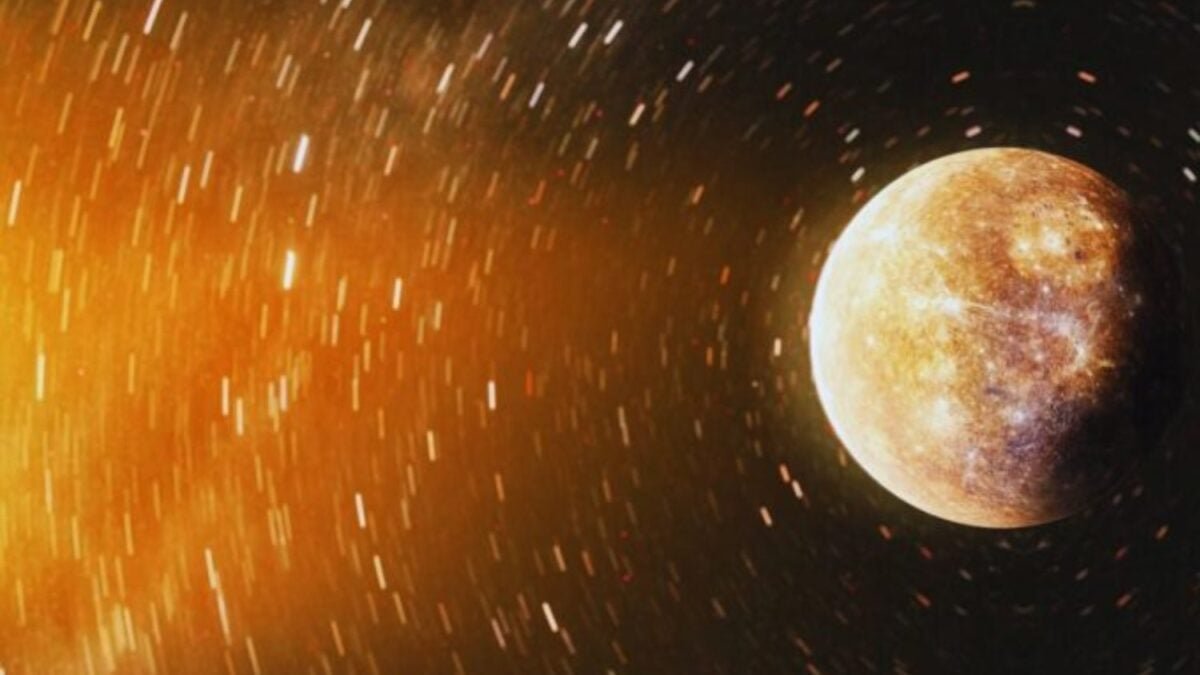When Venus and Jupiter Meet Up: A Morning “Smooch” You Can’t Miss

It’s not every day that the sky puts on such a dazzling show: as the sun reaches its peak, Venus and Jupiter will come together in a celestial dance, just a hair’s width apart. This event is definitely worth setting your alarm early or pulling an all-nighter for, as it promises to be a sight to remember.
The brightest approach of the summer

In the wee hours of Tuesday, August 12, these two planets will pop up on the eastern horizon around 3 a.m., gliding alongside the Gemini constellation. By sunrise, they’ll be soaring up to about 20 degrees high, making for a perfect viewing angle without the need for fancy equipment. Just make sure to find a spot with a clear view to the east, free of any pesky trees or buildings blocking your sightline.
You’ll be able to block both of them with just your pinky finger nail, but the experience gets even better with a pair of binoculars or a small telescope.
Hidden details only the equipment reveals

If you’ve got a telescope handy, you might catch a glimpse of Jupiter’s Great Red Spot, a massive storm that’s twice the size of Earth and rotates into view every 10 hours. Special tools like [specific tool name] can help you pinpoint the exact moment when it crosses the planet’s meridian.
Meanwhile, Venus will be showing off phases similar to the Moon’s — from crescent to full — but only visible through optical instruments. Unlike the Moon, Venus completes its cycle in 584 days, making each phase a unique treat.
Tips for a perfect observation
Even though the Moon will be hanging around in its waning gibbous phase with 90%-95% illumination, its brightness won’t spoil the show. Since it’ll be chilling in the west while Venus and Jupiter shine in the east, just make sure to find a spot where the moonlight won’t get in the way.
And if you happen to miss the spectacle, [specific website] has all the details you need on the event, though the planets will start to drift apart towards the end of August. Coupled with the Perseids meteor shower, this sunrise is shaping up to be a standout moment in this year’s astronomical calendar.






